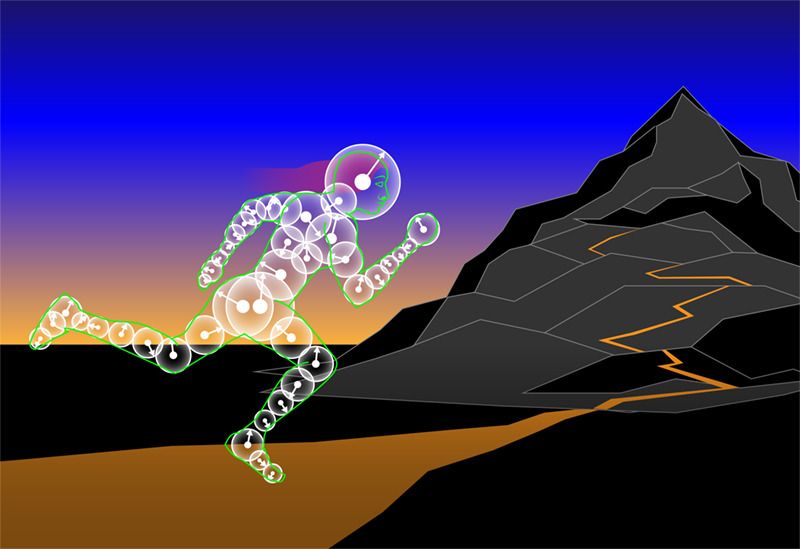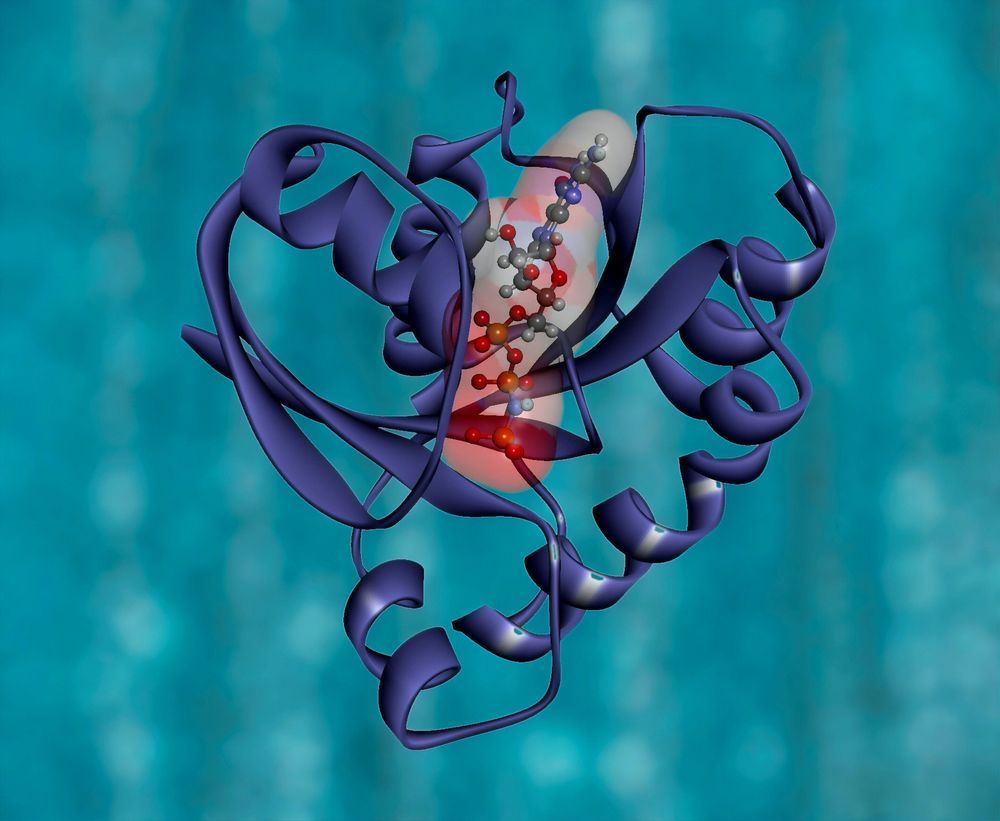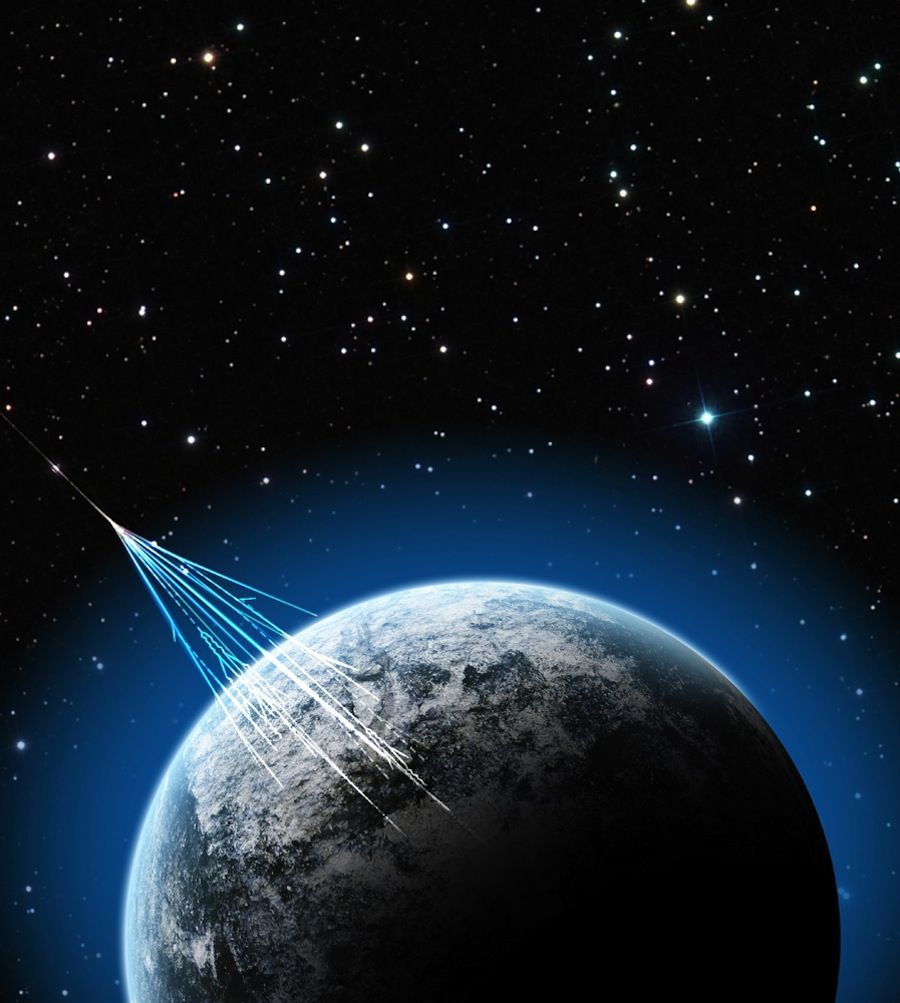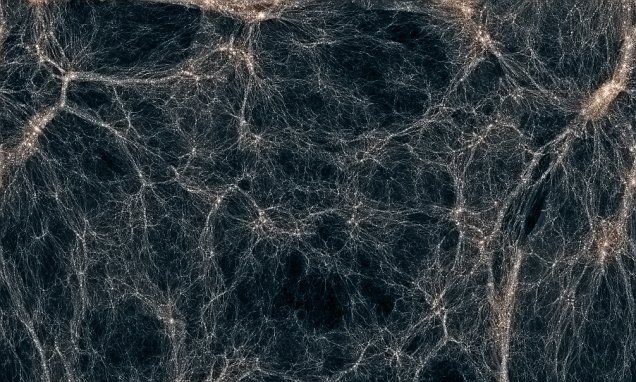To maintain its leadership in quantum computing technology, the US must embrace a culture shift that fuses three important elements: science, a roadmap, and agility.



Men’s delayed immune-system responses to the coronavirus could put them at higher risk of dying from COVID-19 than women, according to a study from University of Washington researchers. They found that, for women under the age of 60, their immune systems produced a near immediate defense against the virus. However, for men of all ages, it took an average of three days for their bodies to deploy T cells (white blood cells that sense and destroy virus-infected cells) to fight the novel coronavirus. note: estrogen and progesterone are in clinical trials as treatment, along with over 300 drugs.
It took three days for men infected with COVID-19 to develop immune system responses, while women’s bodies began to fight the virus right away.

The head of the World Health Organisation has called on countries to invest in their public health systems, as he stressed that the world must be better prepared for the next pandemic.
“This will not be the last pandemic,” WHO Director-General Tedros Adhanom Ghebreyesus told a press conference Monday, “but when the next pandemic comes, the world must be ready, more ready than it was this time.”
He said too many countries had neglected their basic public health systems in recent years and called on governments to “invest in public health as an investment in a healthier and safer future.”

The new structure works by mapping the backbones of amino acids to locations of chemicals in the Protein Data Bank involved in interactions with them. The researchers note that only recently has the data bank come to hold enough information to allow for its use in such an application. And they also note that the technique and structure can also be used to produce delivery vehicles based on proteins and also small molecule applications…
A pair of researchers at the University of California, San Francisco, has developed a new protein structure that allows for simplifying the process of custom-designing proteins. In their paper published in the journal Science, Nicholas Polizzi and William DeGrado discuss their structural unit and how they used it. Anna Peacock, with the University of Birmingham, has published a Perspective piece outlining the work by the team in California in the same journal issue.
One of the things that chemists are asked to do is custom design proteins for use in certain special applications. As the researchers note, doing so is considered to be very challenging. It usually involves a considerable amount of trial and error which generally translates to high development costs. In this new effort, the researchers have devised a new unit of protein structure to help with such projects. They call it a van der Mer structure and describe how it can be used to directly map ligand chemical group functionality to peptide residue backbone coordinates.
To come up with the new structure, the research pair poured through and analyzed thousands of protein structures in the Protein Data Bank. Their approach differed from the norm in that they ignored the positioning of side chains for the amino acid residue and instead focused on the chemical groups that contacted the residues. Using this method, they were able to design two new proteins that could be used to identify a drug called apixaban. Notably, their approach involved making just six sequences. Prior to their work, such a process would have typically taken many more.
Here’s my latest video!
Cooking foods at temperatures higher than boiling produces advanced glycation end (AGE) products, which induce insulin resistance and inflammation, and shorten lifespan in mice. Similar data exists in humans for the effect of AGE products on insulin resistance and inflammation, and a higher dietary AGE product intake is associated with cancer in both men and women. Accordingly, reducing dietary AGE product intake may be an important strategy for improving health and increasing lifespan in people.


The most massive black hole collision ever detected has been directly observed by the LIGO and VIRGO Scientific Collaboration, which includes scientists from The Australian National University (ANU).
The short gravitational wave signal, GW190521, captured by the LIGO and Virgo gravitational wave observatories in the United States and Europe on May 21 last year, came from two highly spinning, mammoth black holes weighing in at a massive 85 times and 66 times the mass of the Sun, respectively.
But that is not the only reason this system is very special. The larger of the two black holes is considered “impossible.” Astronomers predict that stars between 65 – 130 times the mass of the Sun undergo a process called pair instability, resulting in the star being blown apart, leaving nothing behind.


Scientists claim they have observed a fifth force of nature that could transform our understanding of how the universe works.
Researchers at the Hungarian Academy of Sciences have revealed results that could show it in action.
They saw an excited, decaying helium atom emit light when the particles split in a strange way that could not be explained by the current understanding of physics.
The achievement opens a pathway for development of the first practical and efficient devices to generate and detect light at terahertz wavelengths—between infrared light and microwaves. Such devices could be used in applications as diverse as communications in outer space, cancer detection, and scanning for concealed weapons.
The research could also enable exploration of the basic physics of matter at infinitesimally small scales and help usher in an era of quantum metamaterials, whose structures are engineered at atomic dimensions.